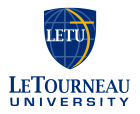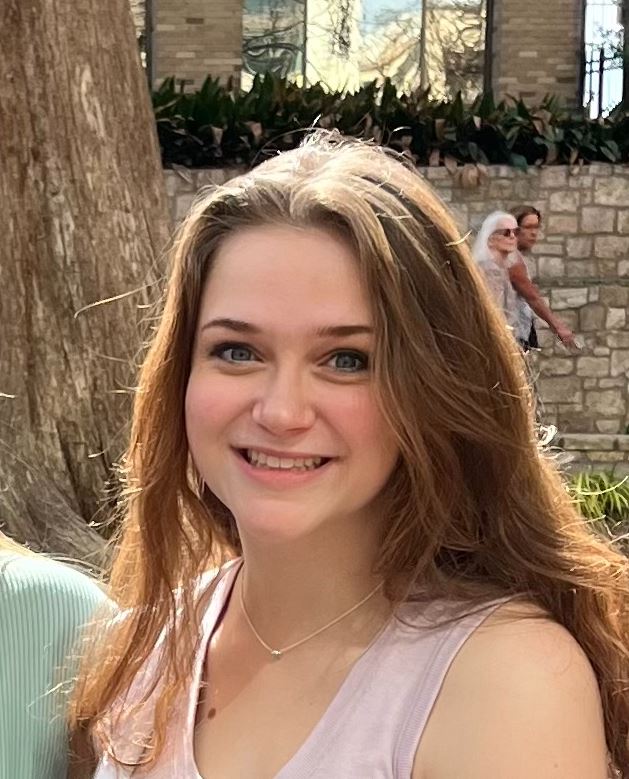Below is a summary of the abstract you submitted. Presenting author(s) is shown in bold.
If any changes need to be made, you can modify the abstract or change the authors.
You can also download a .docx version of this abstract.
If there are any problems, please email Dan at dar78@pitt.edu and he'll take care of them!
This abstract was last modified on March 28, 2023 at 11:20 p.m..

Bacteriophages (aka phages) are bacteria-infecting viruses. Upon inserting their genetic material into bacteria, bacteriophages typically exhibit two distinct life cycles, a lytic cycle (virulent) and a lysogenic (temperate) cycle. Lytic phages replicate and quickly release progeny virions through host cell lysis. On the other hand, lysogenic phages integrate their genomes into the bacterial chromosome, enter a dormant state, and co-replicate with the bacterium without destroying the cell until triggered by certain stressors. Thus, both phage life cycles ultimately end with host cell lysis and the release of new virus particles into the environment for subsequent rounds of bacterial infection. This is where holins come in. Holins are small transmembrane proteins in dsDNA phages. These proteins cooperate with endolysins to lyse the bacterial cell envelope in the final stage of the lytic cycle. Besides punching holes to enable the endolysin to access the peptidoglycan layer as well as creating stable channels for virion release, holins are also involved in regulating the timing of the lysis. Holins are therefore important to identify during phage genome annotation. The primary structure of holins indicates that they have a simple membrane topology with at least two helical transmembrane domains and a highly charged, hydrophilic C-terminus. Imperatively, according to the Official SEA-PHAGES Function List, one of the key criteria for calling a holin is that it must have “at least 2 transmembrane domains found and the gene be adjacent to the endolysins (s).” Currently, SEA-PHAGES recommends DeepTMHMM as the “gold standard” for detecting transmembrane domains. While annotating the phage Diminimus gene at position 31395 – 31721bp, BLASTp hits in phagesDB showed 100% homology to holins in several phages, with phylogenic analysis in NCBI showing it grouping together with the subcluster M1 holin genes. Moreover, synteny in phamerator also showed that it belonged to the same pham 4554 with other subcluster M1 phages where the holin gene had been called by previous annotators. Surprisingly though, DeepTMHMM showed only one putative transmembrane domain in the sequence. Because this gene was adjacent to two endolysins, specifically lying between lysin A and lysin B, we decided to run its product through additional bioinformatics software to see if more transmembrane domains could be identified. These software included CCTOP, SOSUI, SMART, and Phobius. Like DeepTMHMM, Phobious detected only one putative transmembrane, but CCTOP, SOSUI, and SMART detected two putative transmembrane domains, thereby meeting the criterion for calling it a holin. This implies that in future annotations, multiple software may be needed to accurately detect and call holins and other membrane proteins. The search for additional, more reliable, timesaving bioinformatic software is therefore justified.

